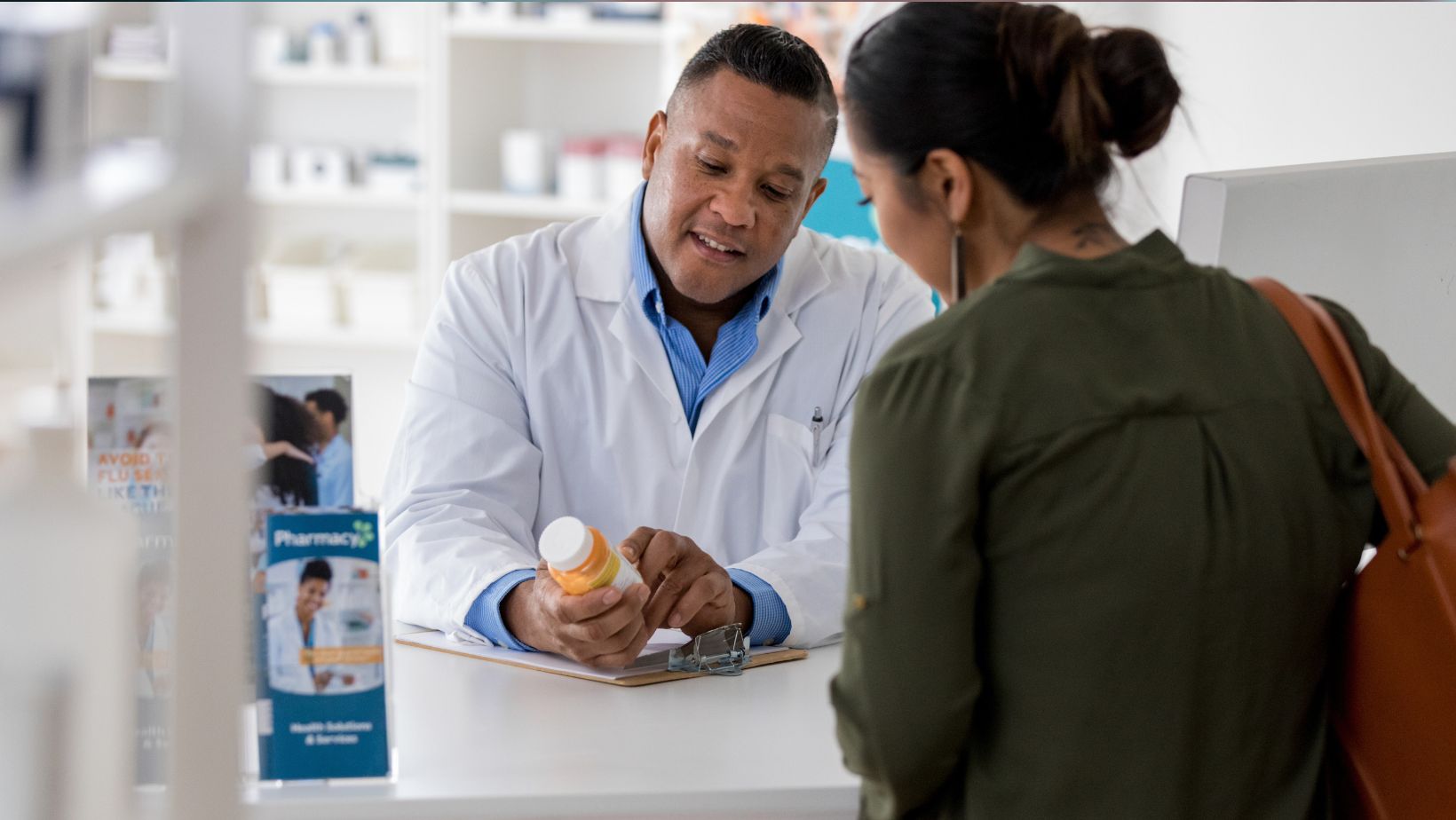Building effective collaboration with customers is fundamental to fostering trust and achieving shared goals. When collaboration is prioritized, it leads to a deeper understanding of customer needs, streamlined workflows, and enhanced loyalty. Successful customer relationships are rooted in clear, consistent communication, transparency, and flexibility, making each project both fulfilling and productive for all parties involved. Here’s a closer look at the strategies to collaborate effectively with customers, ensuring a robust and positive partnership.
Set Clear Expectations from the Beginning
Effective collaboration starts with setting clear expectations at the outset. Begin by discussing timelines, project scope, potential challenges, and key deliverables with the customer. This initial alignment provides a framework that both parties can rely on throughout the project. Using a collaborative customer platform can also facilitate communication, offering a centralized space for project updates and shared resources. Customers feel more engaged and confident in the project’s direction when they know what to expect, making them more likely to contribute proactively. This early stage sets a stable foundation that minimizes misunderstandings and sets a positive tone for the collaboration.
Prioritize Open Communication
Clear, open communication is at the heart of every successful collaboration. Establish multiple channels for communication, whether through email, phone, or direct messaging platforms, giving customers flexible options for reaching you. Providing regular updates on project milestones or significant changes helps keep customers in the loop, allowing them to feel connected and involved in each phase. Maintaining open communication means actively listening to customer concerns and promptly addressing any questions they may have. Clear, jargon-free explanations also play a big part in maintaining a strong line of communication and preventing misunderstandings.
Embrace Transparency and Honesty
Transparency builds trust, a critical component of a successful customer partnership. Challenges are inevitable, and when they arise, being honest and direct with your customers is key.

Rather than waiting for an issue to escalate, share potential obstacles or delays right away, along with any steps you’re taking to address them. Customers appreciate honesty and are more likely to be understanding if they feel you’re being open about the challenges. This approach reinforces your reliability and demonstrates a commitment to proactive problem-solving, strengthening the customer’s trust and confidence in your capabilities.
Create Opportunities for Feedback
Customer feedback is invaluable for fine-tuning the collaboration process. Establish regular check-ins or project reviews, inviting customers to share their thoughts on the project’s direction, any concerns, and possible areas for improvement. These feedback sessions help identify potential issues early and allow for quick adjustments, ensuring that both parties remain aligned. Actively seeking feedback also demonstrates that you value your customer’s insights, creating a sense of teamwork. By involving them in the improvement process, you build a collaborative environment where customers feel their voices are heard, further solidifying the partnership.
Adapt to Their Working Style
Adapting to your customer’s preferred working style is a powerful way to build rapport and minimize friction. Customers may have different preferences when it comes to the frequency of updates, the level of detail in communications, or their approach to project management. Some may value frequent progress updates, while others might prefer a hands-off approach, only needing information at critical stages. Take note of these preferences and adjust your communication methods to fit their style. This adaptability makes collaboration more efficient and shows respect for their unique processes, fostering a partnership built on mutual understanding and respect.
Foster a Solutions-Oriented Approach
Effective collaboration involves a proactive and solutions-oriented approach to problem-solving. When issues arise, focus on discussing potential solutions rather than dwelling on the problem itself. Engage customers in the decision-making process, inviting them to share ideas or consider possible adjustments. This collaborative approach to problem-solving keeps the project moving forward and shows the customer that you are committed to finding the best outcomes. By bringing them into the solution process, you strengthen their involvement and ensure that they feel like valued partners in navigating any challenges that may come up.

Building effective collaboration with customers is a multifaceted effort that includes setting clear expectations, fostering open communication, embracing transparency, actively seeking feedback, adapting to working styles, and maintaining a solutions-focused mindset. When these strategies are in place, collaboration becomes more than just a working relationship; it transforms into a partnership that drives shared success. Effective collaboration leads to better project outcomes and establishes a foundation of trust, loyalty, and long-term satisfaction, benefiting both the business and the customer for future endeavors. By committing to a collaborative approach, you create an environment where customer relationships can thrive, paving the way for mutual growth and continued success.


More Stories
CanadaBit.AI Analysis: What Happens When AI Actually Makes Crypto Easier?
How Restful APIs Enhance OTT Platforms’ Capabilities and Improve User Experience in Streaming Services
Why B2B Brands Should Stop Chasing Perfection and Start Publishing